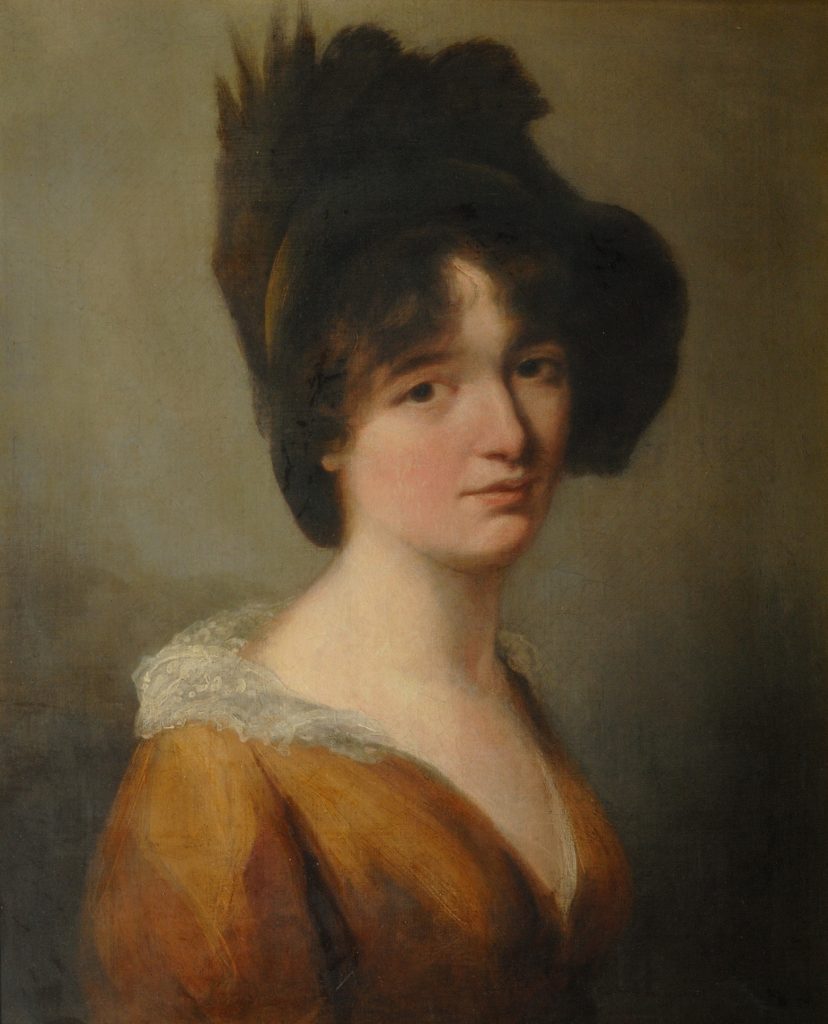
Mary Somerville (1780-1872) was a Scottish polymath: a mathematician, scientist, astronomer, geographer, geologist and artist. Her interest in science stemmed from a fascination with the natural world, which began when she was a child in Burntisland in Fife. She received a little, basic schooling, and instead educated herself in Latin, Greek algebra and geometry, hiding her studies from her disapproving parents. Her uncle (and future father-in-law), Dr Thomas Somerville, helped teach her Latin. She studied painting with Alexander Nasmyth and began to study Euclid’s Elements on hearing Nasmyth recommend it to another student.
Mary Somerville became acquainted with many of the leading intellectuals of the time, particularly when living in London with her second husband, Dr William Somerville. He was a great supporter of his wife and her work, and a member of the Royal Society. She was asked by Lord Brougham to translate Pierre-Simon Laplace’s Traité de Mécanique Céleste, which was published in 1831 as Mechanism of the Heavens. She expanded the original and put it into layman’s language. It brought her great acclaim, was set as an undergraduate text at the University of Cambridge for the next 50 years, and ran to multiple editions. From 1833 onwards, the Somerville family spent much of their time in Italy, where Mary Somerville continued to write, publishing three further books, and to engage in scientific debates. In 1868 she was the first person invited to sign John Stuart Mill’s unsuccessful petition for female suffrage. She spent the day before her death, at the age of 91, revising a paper on quaternions.
In 1879, just seven years later, Mary Ward’s suggestion of the name ‘Somerville’ for the new as-yet unnamed non-denominational hall in Oxford, was universally accepted by its founders. In 1892, Mary Somerville’s family permitted the hall to adopt the Somerville coat of arms.
Provenance of the collection
Mary Somerville’s family has since donated gifts of papers, artefacts and paintings to the college, including most recently her natural history collection. The papers are now held in the Bodleian Library, although still owned by the college, and contain records relating to her family, friends, work and publications. The correspondence, particularly the letters from ‘celebrated people’, show the depth and breadth of Mary Somerville’s connections within the scientific community of her time.
Using the Collection
The catalogue of the papers can be found here. To consult the papers, please contact the Bodleian Library. To access other items in the collections, please contact the college archivist.
Limitations on use
Unpublished papers, such as private correspondence, are still in copyright.